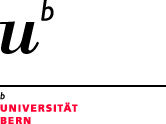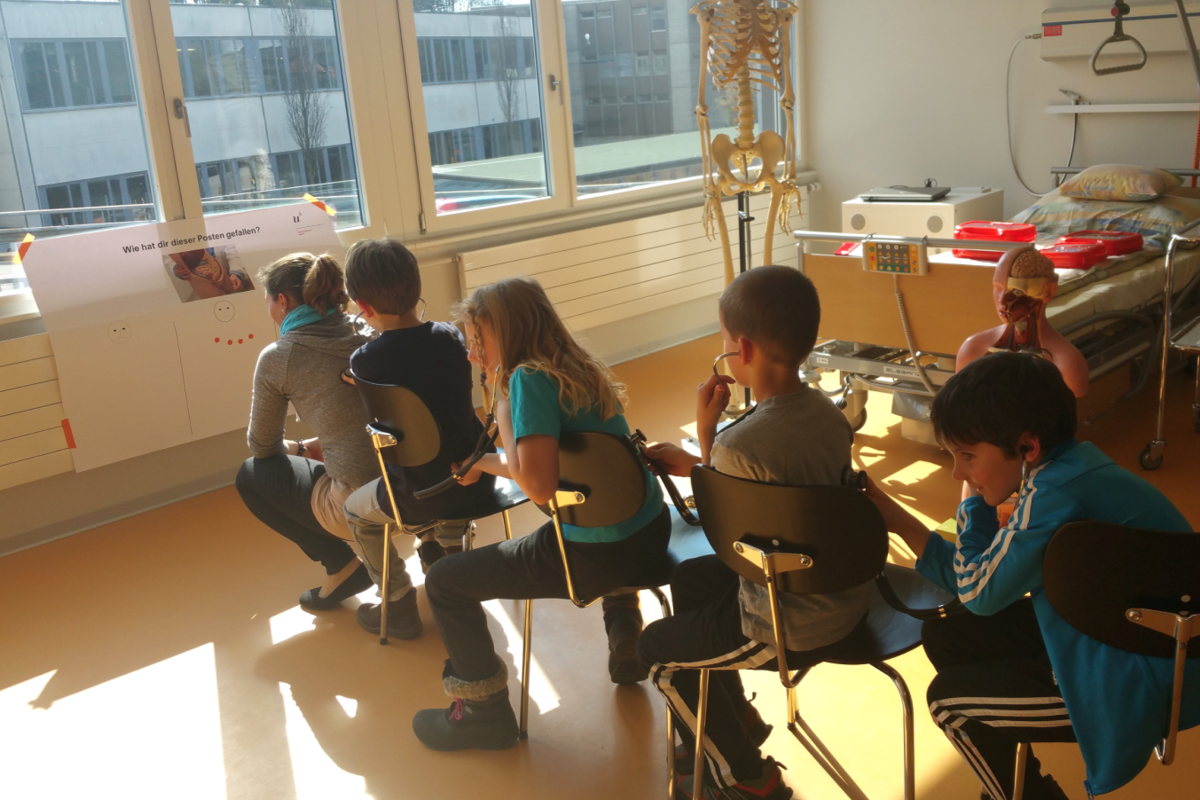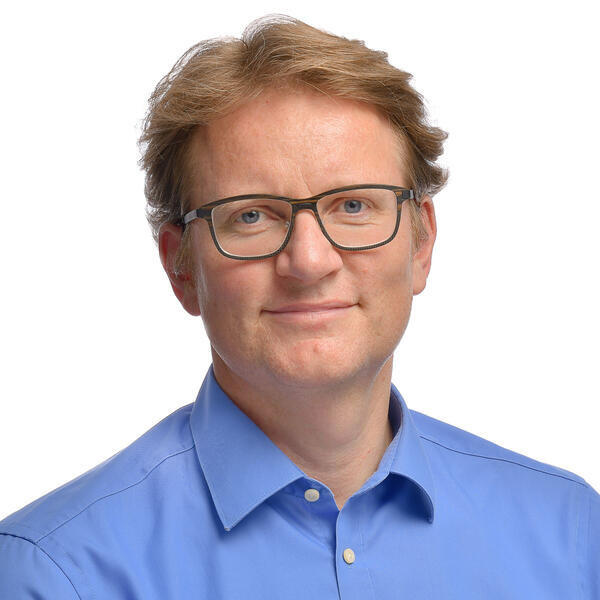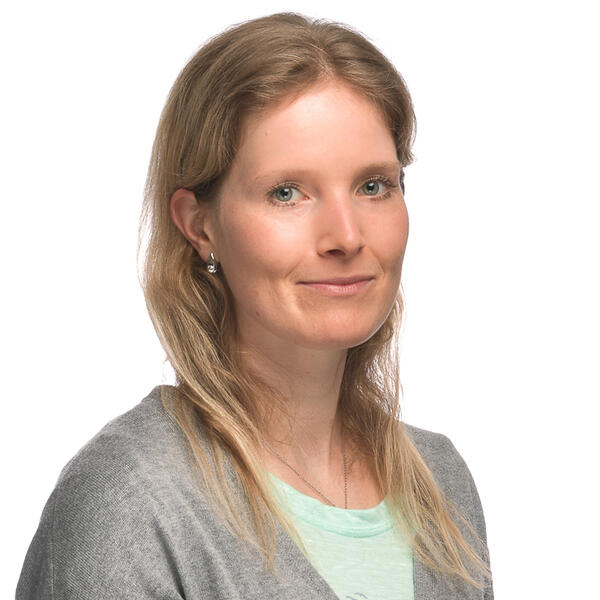According to a current publication by the Institute for Medical Education, the use of child actors as patients as part of a practical exam fulfils most of the international criteria for a good examination. The use of primary school children acting as patients was perceived by all involved as fair, acceptable, realistic and feasible.
Exams represent a great incentive for students to learn. It is therefore important that exams are as realistic as possible. Often children are not used in practical exams (OSCE), but rather simulation dolls and adults acting as parents. Child actors have been employed in the Bern medical course since 2015 to make examinations more realistic and, in particular, to assess student:child communication and the practical examination skills of the students with children.
The aim of the recently published study was to investigate whether children acting as patients as part of a summative OSCE met the Ottawa criteria for good assessment. For this purpose, data relating to an examination was gathered from participating students (n = 124), examiners (n = 11) and primary school children (n = 127) via questionnaires (students and children), focus groups (examiners) and interviews (school children and examiners). In addition, the psychometric quality indices of this OSCE were analysed.
The results showed that this OSCE is valid, reliable and feasible, and achieved an educational value and acceptance. Students and examiners accepted the new approach and rated it as fair, acceptable, realistic and valid. This OSCE had a perceived positive educational effect for 30% of the students who were expecting child patient actors. The examiners indicated that it was feasible to include children.
The children had great fun taking part. The statistical quality indices were in the recommended ranges. It can be concluded that primary school children acting as patients for a summative OSCE were perceived by all involved as fair, acceptable, realistic and feasible, and a positive educational effect was found. This paediatric OSCE met five of the seven Ottawa criteria (except “equivalence” and “catalytic effect”, which were not examined in this setting). Further studies are needed to examine different paediatric OSCE exam stations.
The results of this study confirm that we are on the right track. We would like to express our sincere thanks to all those involved, especially the children and their teachers.
Current Publication
To cite this article: Rabea Krings, Sabine Feller, Ivana Wittwer, Kai Schnabel, Maja Steinlin & Sören Huwendiek (2021): Elementary school children as standardized patients in a summative OSCE – A mixed-method study according to the Ottawa criteria for good assessment, Medical Teacher, 43:10, 1170-1178, DOI: 10.1080/0142159X.2021.1918656
Link to this article: https://doi.org/10.1080/0142159X.2021.1918656
Those involved in establishing this new examination:
Bern: Rabea Krings, Sabine Feller, Kai Schnabel, Sandra Wüst, Beate Brem, Maja Steinlin, Franziska Merz, Sören Huwendiek
Zürich: Sabine Kroiss, Bea Latal, Sepp Holtz, Ernst Jünger, Jutta Bisaz, Roger Kropf, Christian Schirlo, Claudia Seeberger, Rahel Keiser
Funding
We would like to thank the Federal Office of Public Health (BAG), working on behalf of the Examination Commission of the Federal Examiners of Human Medicine for the partial funding of this project.






